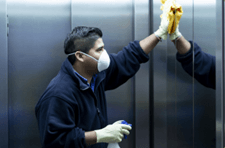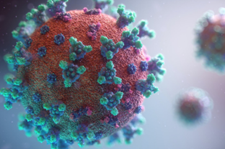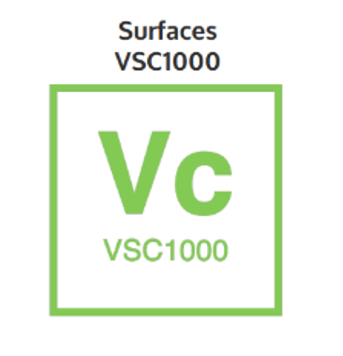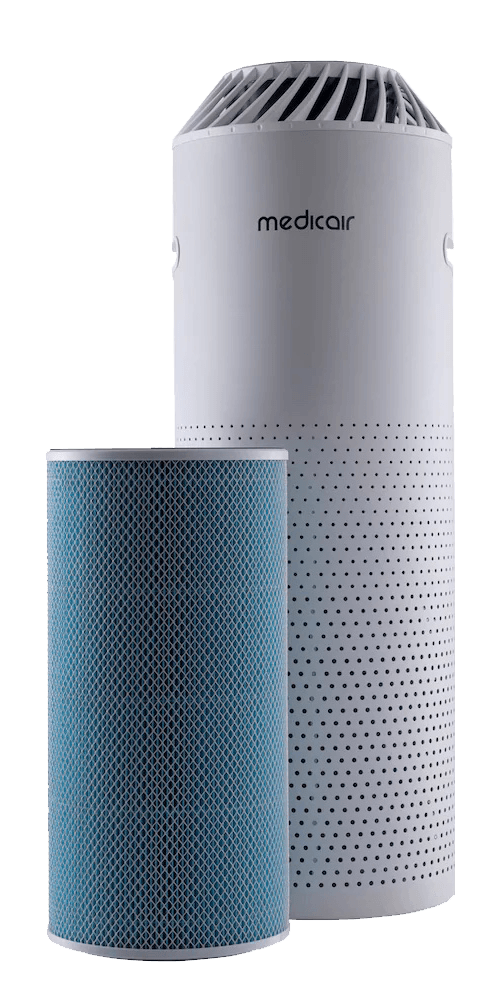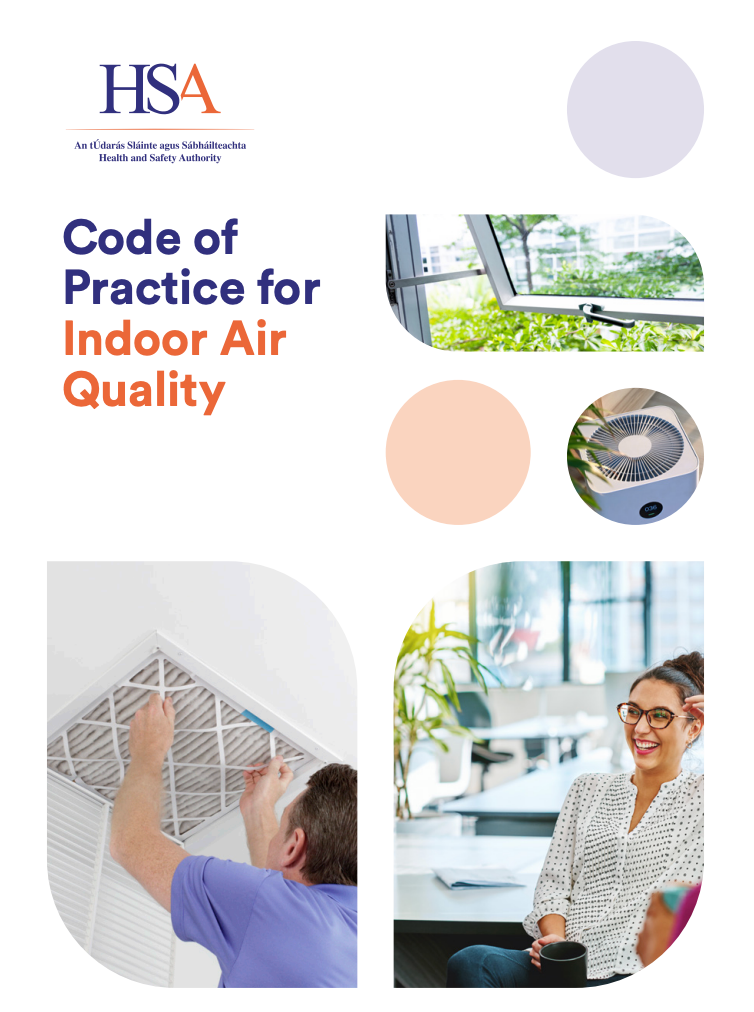Microbial Testing Solutions
Keeping your employees Safe
Microbial Testing
Every day, we come into contact with microorganisms. Although many are harmless, some can cause severe illness or contaminate sterile environments.
Microbial testing is a necessity for many industries where human health is at risk of being adversely affected by biological pathogens, disease-causing bacteria, and other toxins.
This certainly includes virus spreading in the Air we breathe and on the surfaces we touch - within many of our buildings.
The importance of microbiological testing is to quickly identify these contaminants and treat them before they do irreversible damage.
The healthcare industry including care homes relies heavily on microbiological testing. People battling disease and illness usually find themselves in a hospital or clinic. It’s crucial that these establishments test regularly to avoid the spread of infection from harmful germs.
What are Microbes
Microbes are minute, unicellular organisms that are invisible to the naked eye. They are also known as microorganisms or microscopic organisms as they could only be seen under a microscope. They make up almost 60% of the earth’s living matter.
The term “microbes” is used to describe several different life forms with different sizes and characteristics. A few of these microbes include:
- Bacteria
- Fungi
- Protists
- Viruses
- Archaea
Microbes can be useful as well as harmful. Certain microbes cause severe infections and diseases and can also spoil food and other materials. While others play an important role in maintaining environmental balance.
In the Air
Unfortunately, the most common spread of viruses is through people going about their normal business and quite often not even realising they are within the early contagious stages of having a virus.
As the saying goes, “Coughs and Sneezes spread diseases” and even people talking will allow millions of tiny aerosols (and droplets) to enter the air space with every breathe.
The larger droplets can hit the floor or other surfaces within a couple of seconds but the smaller droplets (called aerosols) can stay floating around for hours – even days as they only move a fraction of a millimetre per second.
These will also be moved around buildings by air movement (convection) currents so allowing a very natural and extremely fast spread.
Of course, we have to breathe (an average of 23,040 breathes a day) – so allowing these tiny aerosols to enter our bodies via our mouths and eyes is extremely difficult to stop without a bespoke solution. This then allows the aerosols to enter our bodies and start the infection.
On the Surface
There are surfaces all around us that we touch. Some more than others – like our mobile phones.
Do all of us all of the time sanitise as we should? It is virtually impossible for us to be fully protected against Microbes unless everyone plays their part – hand, surface and air sanitisation.
The common surfaces for Microbe spreading are door furniture, mobile phones, desks, walls, around the reception area, around the toilet (sink / walls / paper etc) and most certainly around hospitals beds – such as the curtains.
Microbes can stay in situ for days, ready to be touched.
Relying on humans to clean buildings is outdated as it is virtually impossible to reduce Microbes this way for more than a few minutes – especially within busy areas.
To protect against the growing microbial threat, self-sanitising building technology is the future – and is available now.
Surface & the Air have to be sanitised as a partnership if the Microbe (Pathogens – including Viruses) are to be successfully controlled.
There are
solutions available right now that will virtually eradicate the Microbial threat or at least 99.999% of them.
Microbes may be small but many have quite complex processes, structures, behaviors and other features. They can swim, crawl, and glide.
What is Microbial Testing?
If you are unsure if you need microbial testing or not–the answer, is you do. Everyone can benefit from knowing what bacteria and pathogens are in your living and working space. For those with health concerns or an increased risk of infection, microbial testing is crucial.
There are two elements to Microbial Testing including Microbial Air Testing and Microbial Surface Testing
Microbial Surface Testing
Our mobile analysts carry out sampling on clients’ behalf where we attend site and swab highlighted risk areas such as: -
- Air conditioning and ventilation ductwork.
- Toilet areas including sinks, taps – high contamination area.
- Around a patient’s bed where levels of fungal and bacterial contamination are a concern.
Surface hygiene swabs are taken onsite and then analysed in the laboratory – for their results.
The laboratory will always recommend the correct analysis for the specific sample type ensuring that the client remains compliant with the relevant legislation and that testing gives meaningful and useful results.
UKAS APPROVED TESTING - UKAS is the National Accreditation Body for the United Kingdom. We are appointed by government, to assess and accredit organisations that provide services including certification, testing, inspection and calibration.
Microbiological Air Quality Testing
Microbiological monitoring of airborne bacterial and fungal levels gives invaluable information regarding the indoor environment.
Microbiological testing combined with tests for carbon dioxide, temperature and humidity give insight into the adequacy and cleanliness of fresh air supply to office areas.
This includes looking at air conditioning and ventilation the amount of fresh air coming in to the building and the number of people present, plus the process of air within the building.
Air samples are taken using the laboratories accredited in-house method and returned to the laboratory where levels of bacterial and fungal contamination are assessed.
Combined with measurements for carbon dioxide levels, temperature and humidity these bacterial and fungal counts, it gives vital information about a building’s indoor environment and its users well-being.
Identifying Microbial Threats
In order to reduce contamination and illness, it is important to identify threats to your home and workspace – especially for our most vulnerable. There are a wide range of contaminants and microbial growth that can be found in food products and water, but also on surfaces and in the air.
Examples of Microbial threats include
- E. Coli
- Staphylococcus aureus including MRSA
- Pseudomonas aeruginosa
- Candida (yeast)
- Aspergillus species (mould)
- Streptococcus pyogenes (strep throat)
- Klebsiella pneumonia
- Haemophilus influenzae
- Neisseria meningitidis
- Other bacteria, yeast and moulds and parasites
V-Mass and VSC1000 are the solutions – they work automatically without the need for re-application for up to 12 months. Indeed, we have installations where protection is still in place after 18 months.
They sanitise both the Air and Surface in partnership so allowing 99.999% protection against Microbes – including virus spread and re-infections.
What’s more, there is virtually no maintenance between annual service visits – and the system pay back can be as little as 12 months. Just think of the potential cost savings if we had control of the Microbe issue.
Keeping You Safe
Book Your Site Assessment
Read more about how we can help to protect your organisation

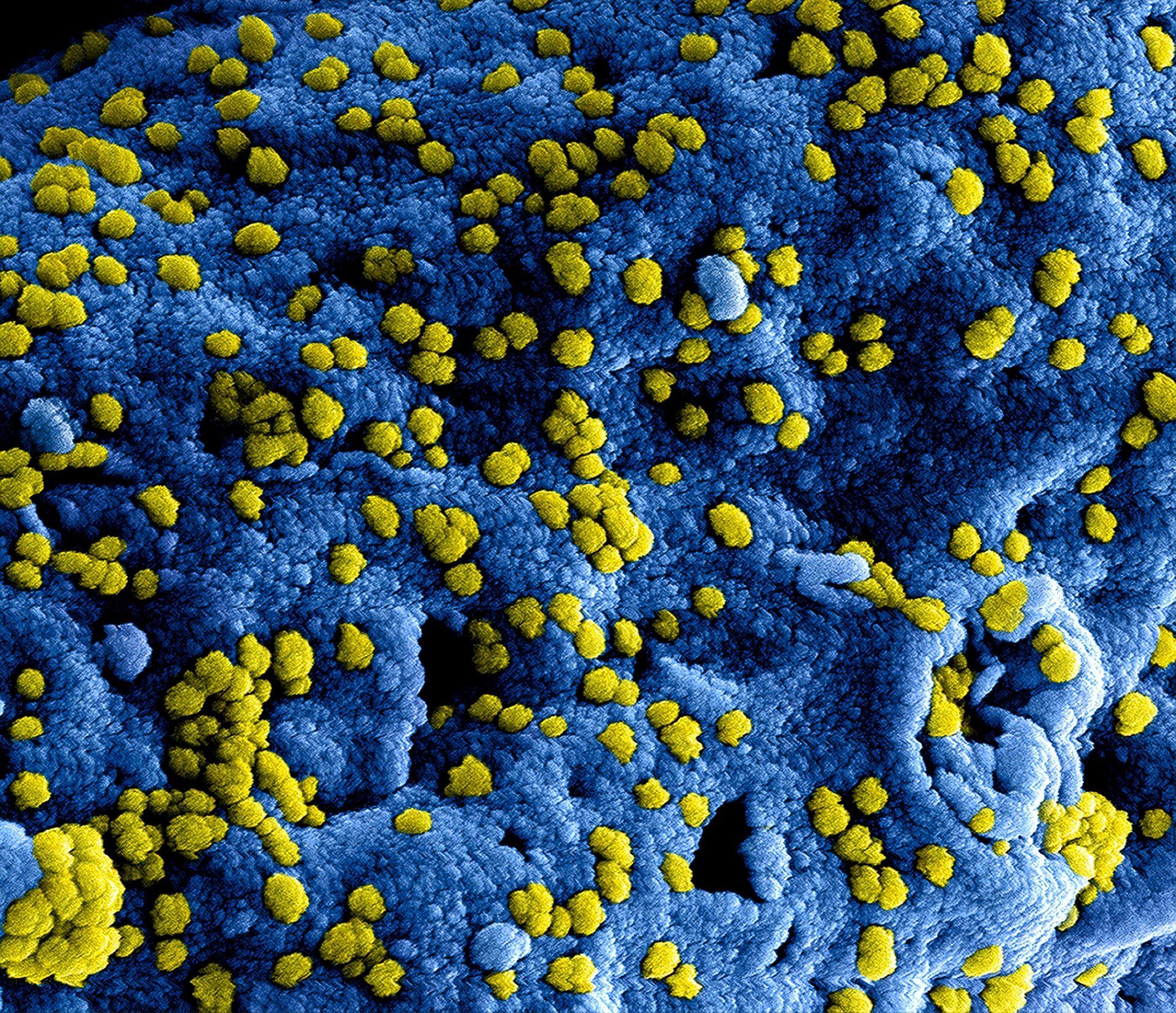

Call For Site Visit and Demonstration
We will attend your site, demonstrate and go through your options with you.
We will supply, install, train and maintain all Air Quality Products. Plus, We also provide a FULL SITE Air Quality Risk assessment that consider all Air Quality issues and causes.



